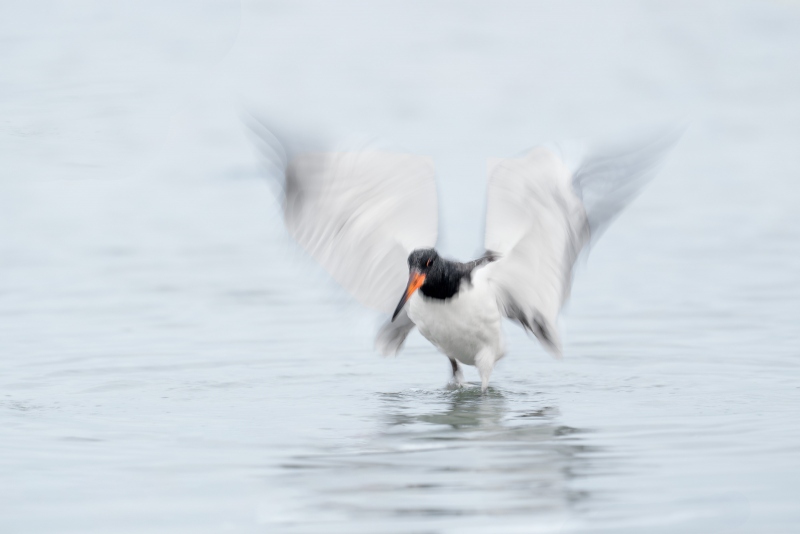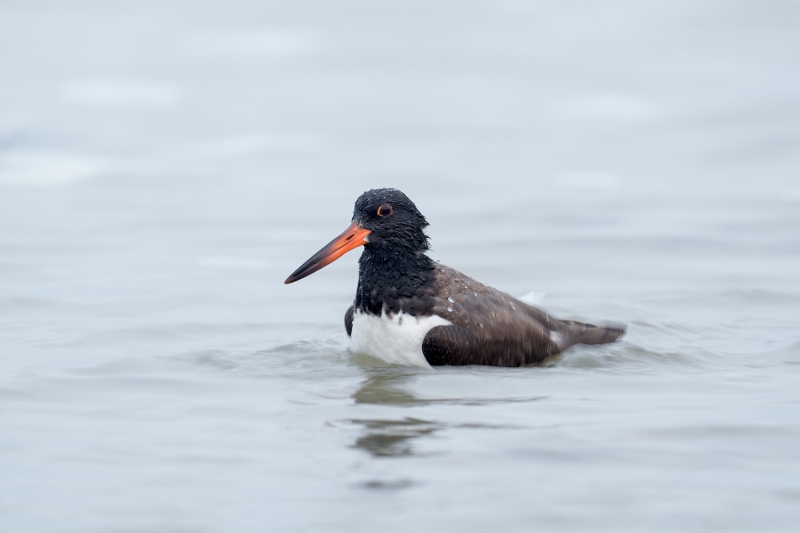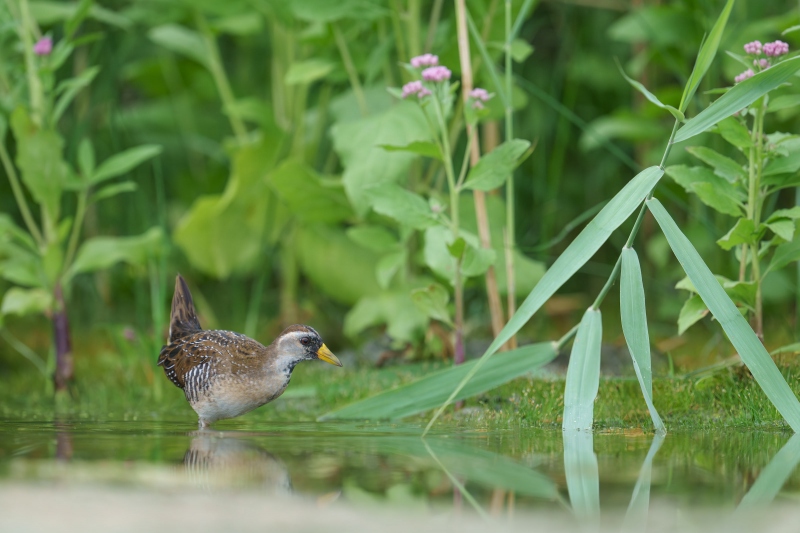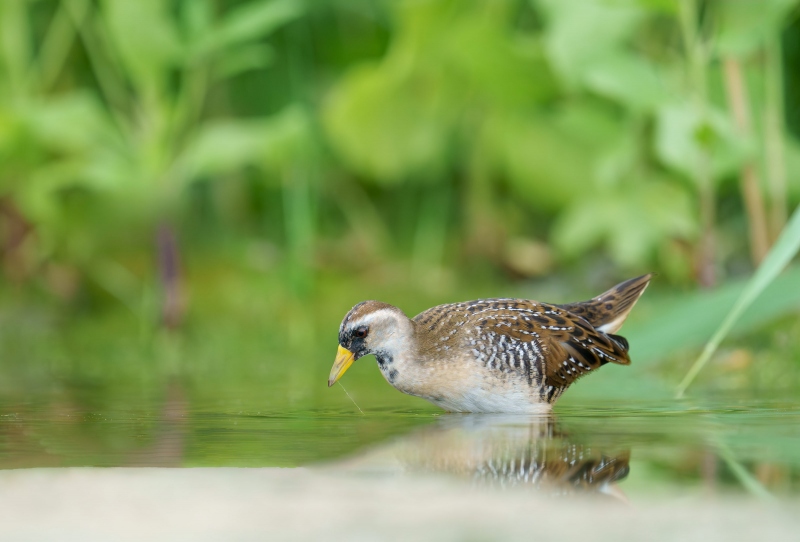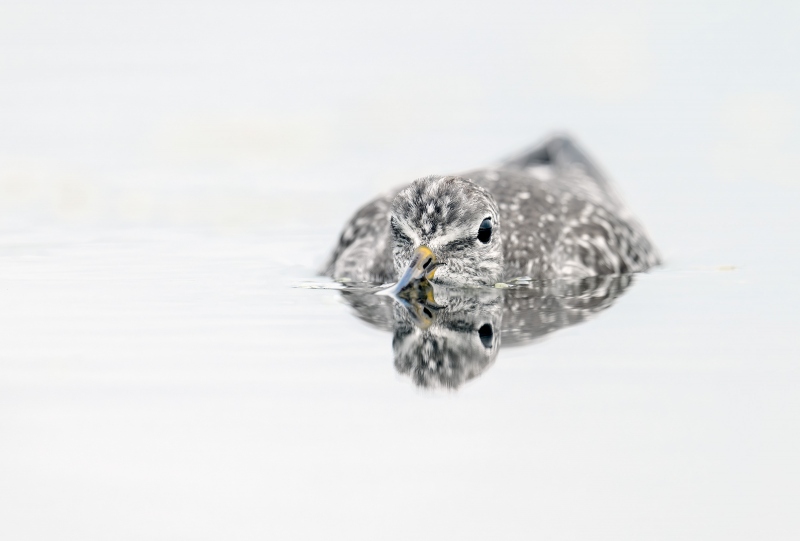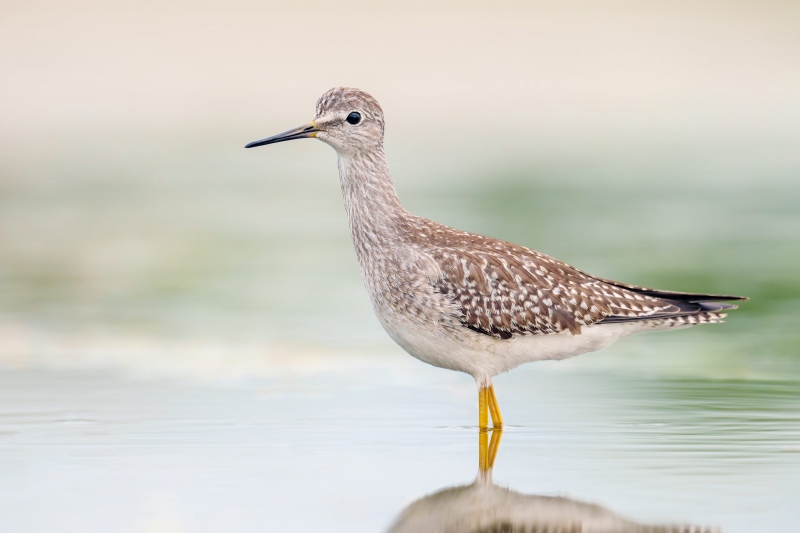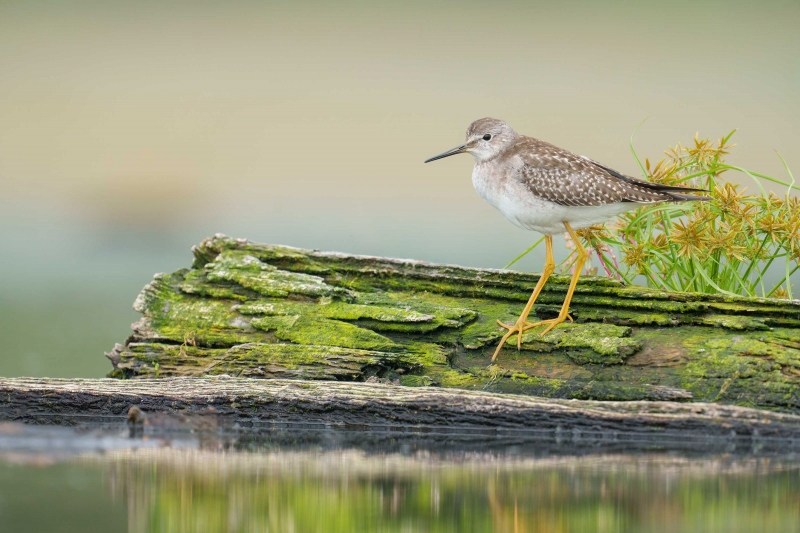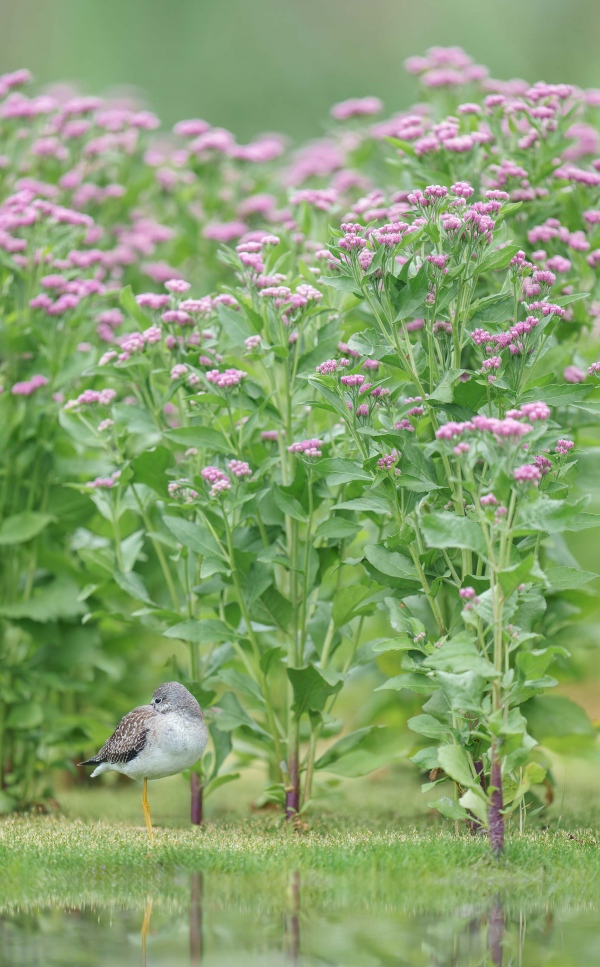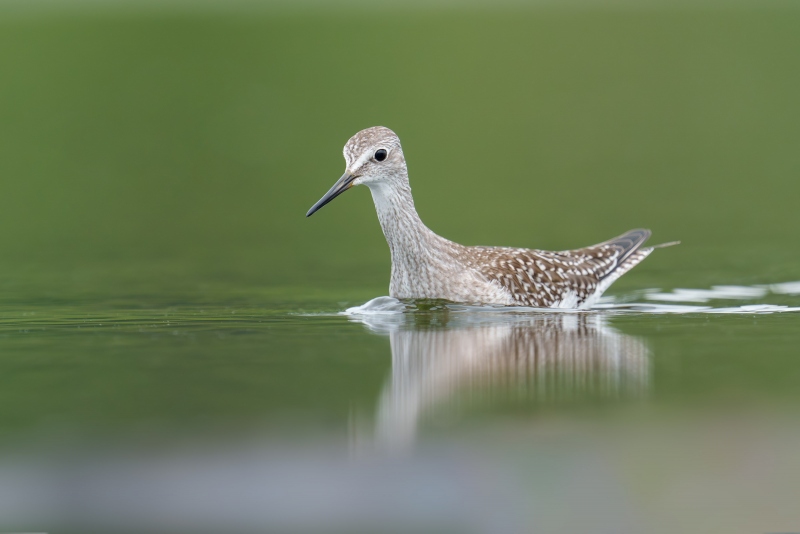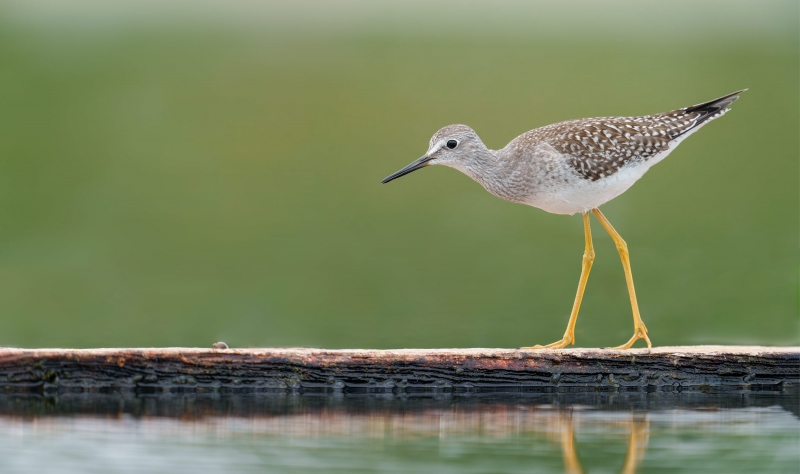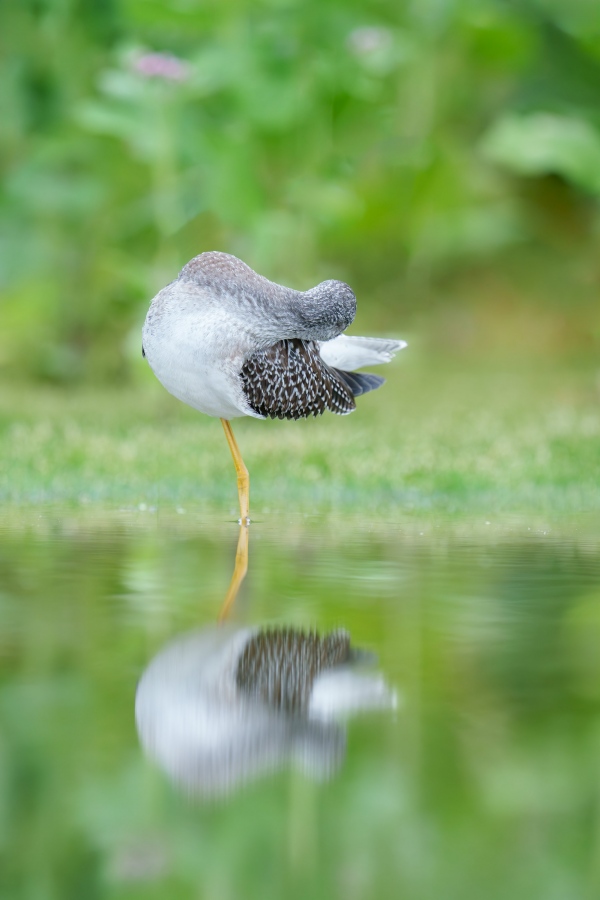Your Call?
Which of today’s two featured images is the strongest? Please be so kind as to leave a comment and let us know why you liked the one you like best.
Need a New Laptop?
Need a new laptop for photography? Consider the Apple 16″ MacBook Pro (M3 Max, Space Black).
Key Features
Apple M3 Max 16-Core Chip
128GB Unified RAM | 8TB SSD
16″ 3456 x 2234 Liquid Retina XDR Screen
40-Core GPU | 16-Core Neural Engine
Wi-Fi 6E (802.11ax) | Bluetooth 5.3
Thunderbolt 4 | HDMI | MagSafe 3
SDXC Slot | FaceTime HD 1080p Camera
Backlit Magic Keyboard
Force Touch Trackpad | Touch ID Sensor
macOS
In other words, the bomb. Looking to spend a bit less? Click here and search for Apple MacBook Pro M3. Feel free to e-mail or call (863-221-23720 for laptop advice.
Why Not Buy Your MacBook Pro From Apple?
If you purchase a laptop from Apple and have a problem right off the bat they will fix it for you in a few days or a week after you send it to them. They will not replace it. If you purchase a laptop from B&H and have a problem right out of the box, they will send you a new one no questions asked.
What’s Up?
My trip home was blessedly uneventful. I managed a bit of sleep on the southbound Auto Train and got lots of work done. By doing three second edits, I cleared .19 TB of space on my laptop. I like to have at least 5TB of space on the solid state drive in the laptop so that I will not have any problems when backing up to my 4TB SSDs. The work I did on the train got me here: 5.02 TB available of 8 TB.
I was glad to hear that Greg Clarkson sold his Sony 90mm Macro lens for the asking price the first day it was listed. If you are interested in his pretty much new Sony 200-600 G Lens, check out his listing on the Used Gear page here.
Today is Friday 6 September and it feels good to be home. Bird photography at Indian Lake Estates on muggy August days is usually not very good so I will be staying in this morning. I have lots to do in the next few weeks, most importantly, is finishing my 2023 tax return. I have been working on a mega-YouTube video: Shutter Speeds for Bird Photography. Stay tuned. Whatever you opt to do, I hope that you too choose to have fun and to enjoy life.
Please remember to use the B&H links that are found on most blog pages and to use the BIRDSASART discount code at checkout when purchasing your new gear from Bedfords to get 3% back on your credit card and enjoy free second-day air FedEx. Please, also, consider joining a BAA IPT. You will be amazed at how much you will learn!
If an item — a Delkin flash card, or a tripod head — for example, that is available from B&H and/or Bedfords, is also available in the BAA Online Store, it would be great, and greatly appreciated, if you would opt to purchase from us. We will match any price. Please remember also to use my B&H affiliate links or to earn 3% cash back at Bedfords by using the BIRDSASART discount code at checkout for your major gear purchases. Doing either often earns you free guides and/or discounts. And always earns my great appreciation.
Supporting My Efforts Here
If you enjoy and learn from the blog, are all set for gear, or live overseas, consider leaving a Thank You gift here.
If you enjoy and learn from the blog, please consider using one of my affiliate links when purchasing new gear. It will never cost you a single penny. To support my effort here, please order from B&H by beginning your search here. Or, click here, to order from Bedfords and enter the discount code BIRDSASART at checkout to receive 3% cash back to your credit card and enjoy free Second-Day Air Fed-Ex shipping. It is always best to write for advice via e-mail.
In many cases, I can help you save some serious dollars. And/or prevent you from purchasing the wrong gear.
Canon EOS-1D X Mark II DSLR Camera Body
Used Gear page veteran Ralph Fletcher is offering a Canon EOS-1D X Mark II dSLR Camera in near-excellent condition (would be excellent plus but for some chipped paint on the bottom of the camera body) for $999.00. The sale includes the original box, the front lens cap, the battery and the charger, and insured ground shipping via major courier to lower-48 US addresses only. Your item will not ship until your check clears unless other arrangements are made.
Please contact Ralph via at e-mail or by phone at 1-603-969-5776 (eastern time zone).
The 1DX Mark II is a rugged, fast Canon professional digital camera body. It features an excellent AF system and high quality image files with great dynamic range. When he used Canon, it was the first choice of Arash Hazeghi, the world’s premier photographer of birds in flight. Two 1DX II served as my workhorse bodies for several years. And I loved them. artie
Save 15%!
If you’d like to try out a new lens or if you need a lens for a specific trip or project (or for an IPT), LensRentals.com is the only way to go. To save 15%, simply click on the logo link above, arrange for your rental, and type in BIRDSASART15. If you type the gear you are looking for in the search box, it will pop right up. LensRentals.com offers affordable insurance. You can decline it, opt for LensCap: Damage Only, or select LensCap: Damage & Theft. Then hit PROCEED TO CHECKOUT. After you enter all of your info but before completing your order, be sure to scroll down to Promo Code box and enter the BIRDSASART15 code to save 15%.
I checked on renting a Sony FE 70-200mm f/2.8 GM OSS II lens for a week. The cost is only $122.00. LensCap: Damage Only coverage can be added for a very low $18.00. Going with LensCap: Damage & Theft would be $27.00. The shipping charge varies. They offer an interesting program called Lensrentals HD. By signing up for this shipping discount program ($99.00/year), you’ll get free Standard Shipping on all the orders you place.
Renting a Sony 600mm f/4 GM OSS lens for a week will cost you $536.00. The two coverage options come in at $76.00 or $114.00. Less your 15% discount when you enter the BIRDSASART15 code into the Promo Code box at checkout and enter the BIRDSASART15 code in the Promo Code box at checkout to save 15%.
Remember, to save the 15% on your rental you must start your search by clicking on the logo above, or on this link: LensRentals.com


B&H
To ensure that I get credit for your B&H purchases, you can always click here. The tracking is invisible but greatly appreciated. And, you can use your PayBoo card. You must use the website to order. B&H will reopen on Fri April 14. Thanking me for the past 4000 educational blog posts could not be any easier and will not cost you one penny. Please shoot me your B&H receipt for major purchases.
Many folks have written recently stating that they purchased a Sony a1 from B&H and would like their free membership in the Sony 1 Info and Updates Group, a $150.00 value. When I check my affiliate account, their orders have not been there. When I let them know that they get credit for B&H purchases only if they use one of the many B&H affiliate links on the blog or begin their searches with this link, they are always disappointed. If in doubt, please contact me via e-mail and request a BH link. I am always glad to help and to guide you to the right gear.
Bedfords Simplified
Click here to start your search. Choose standard shipping, and when you get to the payment page, enter BIRDSASART in the discount code box and hit apply. You will be upgraded to free second day air Fed-Ex and receive 3% cash back on your credit card once your stuff ships. Either is greatly appreciated by yours truly.
Bedfords Amazing BAA Discount Policy
Folks who have fallen in love with Bedfords can now use the BIRDSASART coupon code at checkout to enjoy a post-purchase, 3% off-statement credit (excluding taxes and shipping charges) on orders paid with a credit card. The 3% credit will be refunded to the card you used for your purchase. Be sure, also, to check the box for free shipping to enjoy free Second Day Air Fed-Ex. This offer does not apply to purchases of Classes, Gift Cards, prior purchases.
Visit the Bedfords website here, shoot Steve Elkins an e-mail, or text him on his cell phone at (479) 381-2592.
Gear Questions and Advice
Too many folks attending BAA IPTs and dozens of photographers whom I see in the field and on BPN, are — out of ignorance — using the wrong gear, especially when it comes to tripods and more especially, tripod heads. And the same is true in spades when ordering new camera bodies or lenses. My advice will often stave you some serious money and may help you avoid making a seriously bad choice. Please know that I am always glad to answer your gear questions via e-mail. If you are desperate, you can try me on my cell at 863-221-2372. Please leave a message and shoot me a text if I do not pick up.
|
|
|
This image was created on 17 August 2024 on a Nickerson Beach (extended) IPT. Seated on damp sand I used the lowered Robus RC-5570 Vantage Series 3 Carbon Fiber Tripod/Levered-Clamp FlexShooter Pro-mounted Sony FE 600mm f/4 GM OSS lens and the ridiculously amazing Sony a9 III Mirrorless Camera. The exposure was determined by Zebras with Exposure Compensation (EC) on the rear wheel. Multi metering +1.7 stops. AUTO ISO set ISO 500: 1/30 second at f/4 (wide open) in Shutter Priority Mode. AWB at 6:18:07am on a cloudy morning. Tracking: Zone/AF-C with Bird-Eye/Face Detection performed perfectly. Click on the image to enjoy the high-res version. Image #1: American Oystercatcher juvenile flapping after bath |
Two Wins for Shutter Priority Mode
In the recent Two Sony a-1 Black-bellied Action Images here, I wrote, in part:
There are times, however, when working in situations where the tonality of the background is relatively consistent that working in Shutter Priority mode offers some huge advantages. At the beach, before the sun comes up, the sky, the water, and the beach are all of about the same tonality, each much lighter than a middle tone. As the possibility of creating some nice pleasing blurs exists, I will set up the camera as follows: AUTO ISO, Exposure Compensation (EC) on the thumb dial, and Shutter Priority. Then I’ll usually set the EC to +2 1/3 stops and the shutter speed to 1/15 sec., the classic blur speed.
The camera sets the ISO and the well-to-the-right exposures are excellent. And, I can quickly and easily change the shutter speed during a blastoff to try for a different effect. If a nice bird lands right in front of me, I can quickly dial the shutter speed up to 1/60 or 1/125 sec. and begin making sharp images almost instantly (without having to change both the shutter speed and the ISO as I would have had to do if I had been working in Manual mode). Note: By using Zebra technology, I can always tweak the EC as needed.
Win #1
With a single bird fairly close, a shutter speed of 1/30 sec., and the bird flapping after a bath, I created an image with precisely the degree of wing blur that I was looking for, the angelic look. And I judged the eye just sharp enough so that I did not have to mess with it.
|
|
|
This image was created on 17 August 2024 on a Nickerson Beach (extended) IPT. Seated on damp sand I used the lowered Robus RC-5570 Vantage Series 3 Carbon Fiber Tripod/Levered-Clamp FlexShooter Pro-mounted Sony FE 600mm f/4 GM OSS lens with the Sony FE 1.4x Teleconverter, and ridiculously amazing Sony a9 III Mirrorless Camera. The exposure was determined by Zebras with Exposure Compensation (EC) on the rear wheel. Multi metering +1.7 stops. AUTO ISO set ISO 1000: 1/30 second at f/5.6 (wide open) in Shutter Priority Mode. AWB at 6:19:39am on a cloudy morning. Tracking: Zone/AF-C with Bird-Eye/Face Detection performed perfectly. Click on the image to enjoy the high-res version. Image #2: American Oystercatcher juvenile pausing for an instant mid-bath |
Win #2
As noted in the previous blog post quoted above, you can often create something sharp by increasing the shutter speed to 1/60 or 1/125 sec. Image #2 was one of a fairly long series of images, all at 1/30 sec. At that shutter speed, I absolutely got lucky by creating a single sharp-on-the-eye photo. Click on the image and you can see the sharp eye and lots of motion blur elsewhere on the bird. At the instant I hit the shutter button, the bird’s head, by chance, was perfectly still while the wings and the waves were moving.
Why Did I Add the 1.4X TC?
I wanted to get closer, but as I was shooting with two other photographers and did not want to risk disturbing the un-banded family of four, I opted to add the 1.4X TC. Because I was working in Shutter Priority mode, I did not have to change a single setting. If I had been in manual mode, I would have had to change the ISO.
Note that with practice, you can add a TC to a tripod mounted telephoto lens in less than 30 seconds.
Water Color Question
Do you like the grayish-blue water in both images? Or would you have preferred the water either darker and bluer or lighter and whiter?
Typos
With all blog posts, feel free to e-mail or to leave a comment regarding any typos or errors.


